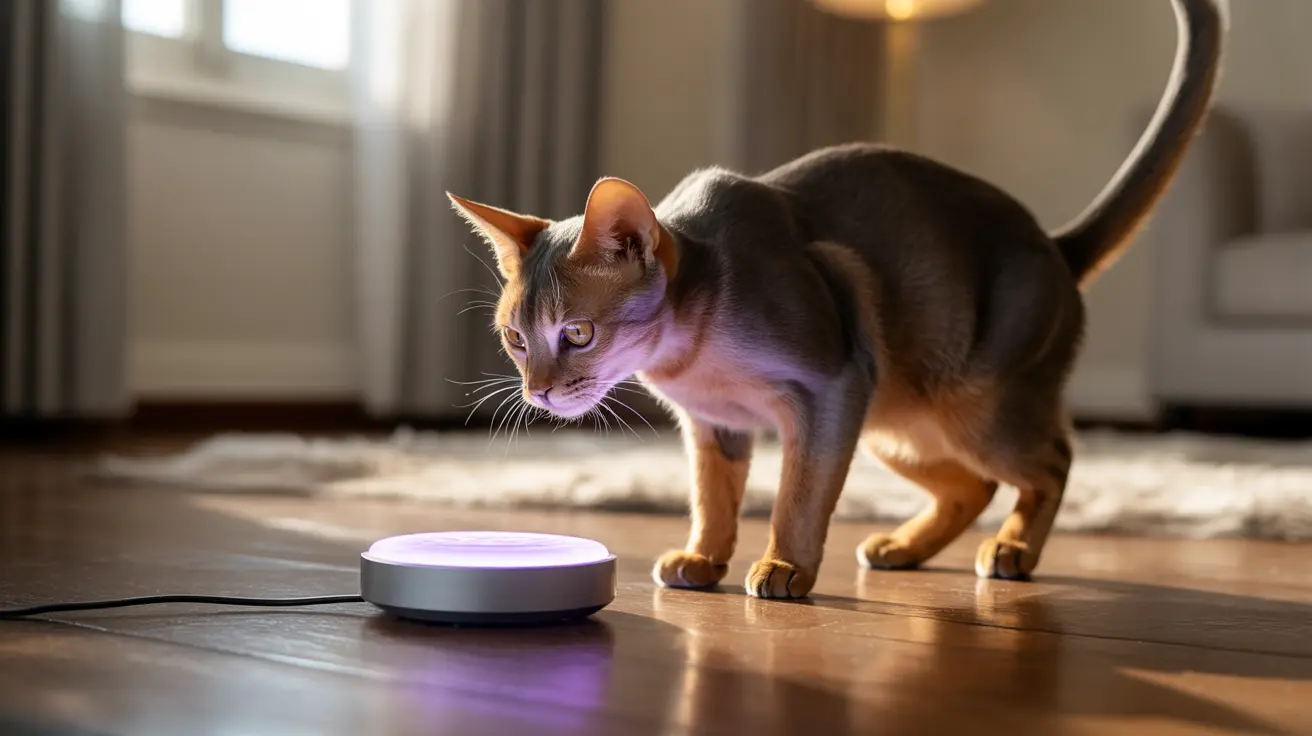Pet owners battling flea infestations often search for alternative treatment methods, and UV light has emerged as a topic of interest. While ultraviolet light technically has the capability to kill fleas and their eggs, the reality of its effectiveness and safety as a practical solution requires careful examination.
In this comprehensive guide, we'll explore the science behind UV light's effect on fleas, discuss its practical limitations, and help you understand why veterinarians typically recommend other flea control methods for your pets' wellbeing.
How UV Light Affects Fleas
Ultraviolet light, particularly UVC light at 280 nanometers wavelength, can damage the DNA of fleas and other organisms. This damage occurs through the formation of thymine dimers, which disrupt cell function and ultimately lead to cell death. However, fleas' tough chitinous exoskeletons provide significant protection against UV radiation, making the process less efficient than one might expect.
Laboratory studies have shown that to achieve flea mortality, specific conditions must be met:
- Adult fleas require 30 minutes of exposure at 10cm distance
- Flea eggs need 15-30 minutes of exposure at 20cm distance
- The UV light must maintain a consistent wavelength of 100-280nm
Practical Limitations of UV Light for Flea Control
Despite its theoretical potential, several significant obstacles make UV light impractical for flea control on pets:
Safety Concerns
Extended UV exposure poses serious risks to both pets and humans, including:
- Skin burns and irritation
- Eye damage
- Potential cancer risk with repeated exposure
- Compromised immune response
Effectiveness Issues
The real-world application of UV light for flea control faces several challenges:
- Fleas actively avoid UV light exposure
- Pet fur creates shadows that protect fleas
- Required exposure time is impractically long
- Complete coverage is difficult to achieve
Veterinarian-Recommended Alternatives
Instead of UV light treatments, veterinarians consistently recommend proven flea control methods:
- Topical flea treatments
- Oral flea medications
- Prescription flea collars
- Regular environmental cleaning
- Professional pest control services
Frequently Asked Questions
Does UV light effectively kill fleas and their eggs on pets?
While UV light can theoretically kill fleas and their eggs, it's not effective in practical applications due to required exposure times and the protective nature of pet fur.
How long and close does UV light exposure need to be to kill fleas?
Adult fleas require 30 minutes of exposure at 10cm distance with 280nm UVC light. Eggs need 15-30 minutes at 20cm distance with 100-280nm UV light.
Is it safe to use UV light treatments directly on cats or dogs to eliminate fleas?
No, direct UV light treatment on pets is not safe. It can cause serious harm including burns, eye damage, and other health issues.
Why is UV light not recommended by veterinarians as a primary flea control method?
Veterinarians don't recommend UV light due to its ineffectiveness in real-world conditions, potential health risks, and the availability of safer, more effective alternatives.
What are the best alternatives to UV light for safe and effective flea control on pets?
The most effective alternatives include veterinarian-approved topical treatments, oral medications, flea collars, regular vacuuming, and washing pet bedding frequently.
Conclusion
While UV light's ability to kill fleas might seem promising, the practical limitations and safety concerns make it an unsuitable choice for pet flea control. Instead, focus on proven, veterinarian-recommended flea treatments and maintain a clean environment to keep your pets flea-free.
Always consult with your veterinarian to develop a safe and effective flea control strategy tailored to your pet's specific needs and circumstances.






